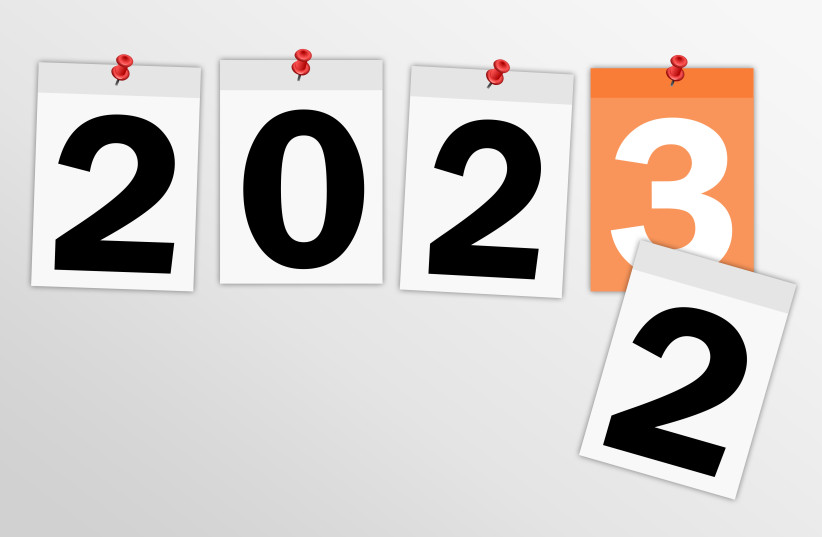Future historians may come to regard 2022 as a hinge in history, marking the end of one era and the beginning of another. Major war returned to Europe, with its attendant threats of nuclear strikes, and the door closed firmly shut on the US policy of strategic engagement with China.
The bad of 2022
Yes, the past 12 months did bring some good news but overall, 2022 brought more bad news than good news. For example:
• Turmoil rocked British politics with three prime ministers in just two months, while also losing the world’s longest reigning monarch.
• The world’s humanitarian crises deepened, with some 32 million people around the world currently classified as refugees being forced by circumstances to leave their countries. In addition, when the internally displaced – that is, people who have been forced from their homes but continue to live in their native country – are included, that number balloons to more than 100 million, the highest number in human history.
• Inflation returned with price spikes driven by a combination of demand and supply issues.
• Climate change intensified as once-rare extreme weather events became commonplace. The United Nations Intergovernmental Panel on Climate Change warned in April that the effects of climate change will soon become irreversible.
The good of 2022
Yet there was also some good or at least hopeful news:
• Iranians protested and mounted the most significant challenge to the rule of the Ayatollahs since they came to power, in 1979.
• COVID eased as the world appears to have turned the corner on the first global pandemic in a century.
However, perhaps the worst news was Russia’s invasion of Ukraine, signifying the post-World War II phrase “Never Again” has lost all of its meaning. This was a return to the world’s historical position as a place where any one country can covet the land of another and, if desired, simply invade it, kill its citizens, and declare said land as now part of the invading country. And, once again, the world lets it happen and wrings its hands in frustration instead of stopping cold the madman.
Given all of this, how do we approach 2023 with hope and optimism for our future and that of the world? For an answer, I turned to the former chief rabbi of England, Rabbi Dr. Lord Jonathan Sacks, of blessed memory, who wrote:
“Optimism and hope are not the same. Optimism is the belief that the world is changing for the better; hope is the belief that together we can make the world better. Optimism is a passive virtue, hope is an active one. It needs no courage to be an optimist, but it takes a great deal of courage to hope. The Hebrew Bible is not an optimistic book. It is, however, one of the great pieces of literature of hope.”
Notice the insightful distinction between optimism and hope. The charge here is to be active, not passive. The passive act is to be optimistic. But the active act, needing courage, is driven by a hope so that attendant to that activity, one can actually change the world for the better.
All of us who share the concern for the future of humanity at this dangerous junction in world history need to commit ourselves to be courageously active so that our hopes will be realized and each of us will become instruments of that realization.
Hopes for the future
As we enter 2023, let us commit ourselves to be agents of hope, to use the talents given to us by our Creator, and to make the world a better place so that our optimism will become a reality borne on the wings of our combined courage.
May everyone have a year of good health, happiness, and fulfillment.
The writer is a 39-year resident of Jerusalem, the CEO of Atid EDI Ltd., a Jerusalem-based international business development consultancy, a past chair of the board of the Pardes Institute of Jewish Studies, a former national president of the Association of Americans and Canadians in Israel, and a member of the board of the Israel-America Chamber of Commerce.

